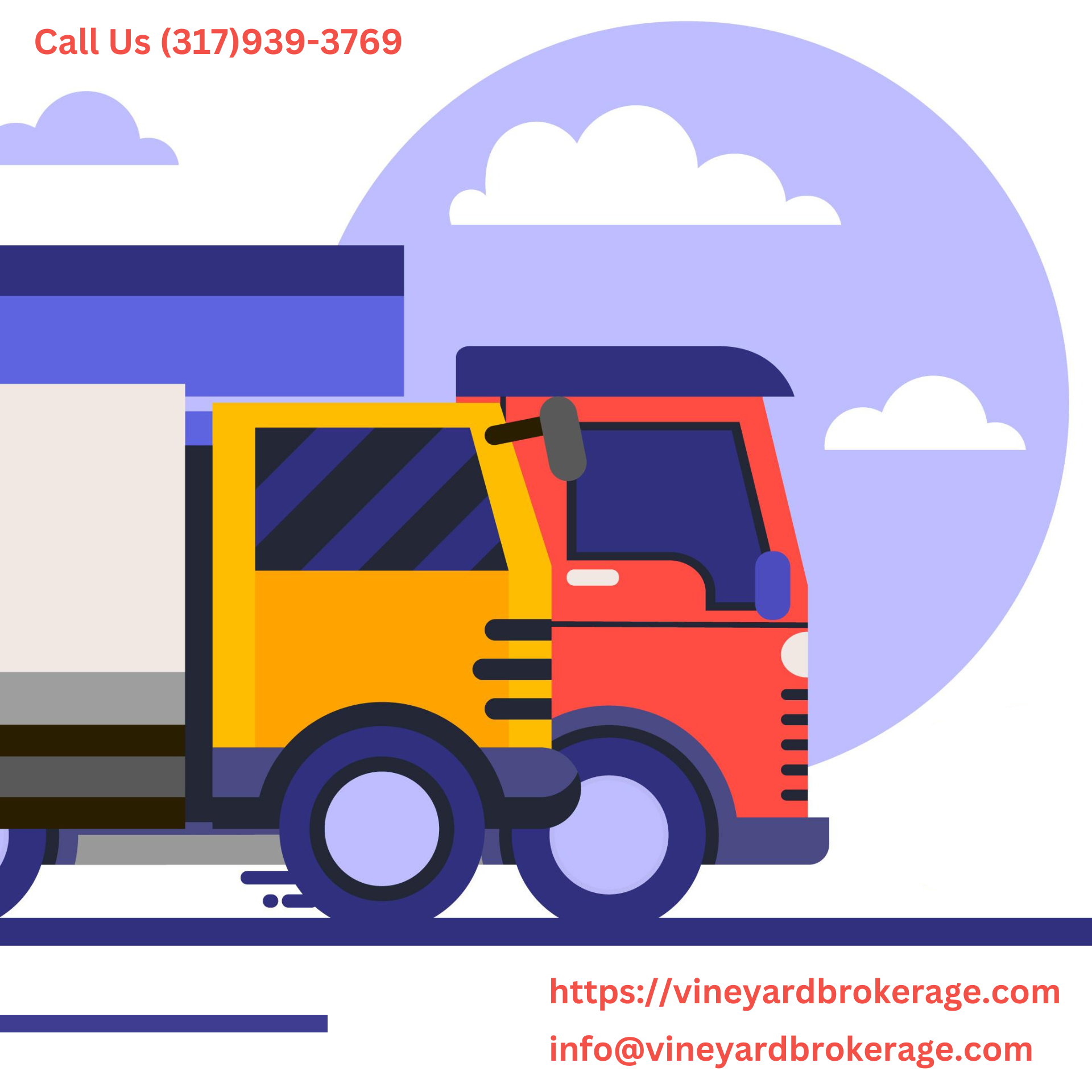The Benefits Of Using Intermodal In Supply Chains

Opt For The Most Cost-Effective Transport Solution!
Intermodal transit is a great freight option that may assist in improving transportation efficiency. It’s a good alternative for shippers to think about because of its low costs, high carrying capacity, high security, and little environmental impact.
We’ll start with the most common reasons given for why shippers have kept switching to intermodal on profitable routes, then go into some of the less publicized benefits of this shift.
What Is Intermodal?
Freight that travels from origin to destination by more than one transport mode is said to have been transported “intermodally.” Intermodal containers are used to carry goods since they can be easily converted from one mode of transportation to another, whether that be a ship, truck, or train. Shipping containers are not transferred between vehicles in this system.
Domestic and foreign shipments are the two main categories of intermodal transport. In the United States, 53-foot containers are used for intermodal shipping, whereas 20- and 40-foot containers are used elsewhere. There is a major distinction between domestic and international intermodal shipping in terms of the containers used. International intermodal containers may be transferred between ships,trucks, and trains. Containers used in domestic intermodal transport, on the other hand, are only transferred between rail and trucks and never go on ships.
Why Should Shippers Use Intermodal In Their Supply Chains?
As was said before, intermodal transportation has a number of benefits that boost the overall efficiency of the shipping process for shippers. In particular, these benefits include:
Enhanced Access To Capabilities
The capability of intermodal transportation is enormous, particularly along major freight corridors. When truck capacity is at a premium or there is a scarcity of drivers, rail transportation may be a huge help in securing available trucks. This is because of how intermodal operations work.
The distance between the ramps of departure and arrival, or dray, is often less than one hundred miles. Different loads may be delivered by the same driver on the same day, unlike truckloads. Rail carriages may transport twice as many containers if they are double-stacked. In contrast, while transporting goods by truckload, a single driver would often log a distance of 2,000 to 3,000 miles between loads.
Lower Cost
Depending on the distance between the shipper and the consignee and the duration of the load, intermodal may be much cheaper than trucking due to the utilization of rail for land transportation. You’ll save more money the farther away you are. You could save anywhere from 10% to 40% as a result of:
Fuel Cost Savings
Intermodal shipping uses rail to convey cargo across land, reducing the need for trucking. Rail is the most fuel-efficient way to move around on land, so when you use it, you spend less on fuel.
Lower Handling Fees
Shipping costs are reduced since intermodal cargo never has to be unloaded from the container. Because of this, less money will be spent on handling fees.
Increased Cost Efficiency
Through transporting freight by rail, we may cut our per-ton transportation costs, which improves our competitiveness.
Improved Security
The risks of theft, accidents, or property damage are minimized with intermodal transportation. The fact that most land transportation is done by train makes intermodal less likely to be stolen from.The following things help make sure freight is moved safely from one place to another:
1. Trains run continuously.
2. As is sometimes the case with truckload shipments, the cargo is not left unattended.
3. Intermodal freight traffic is continuously monitored by railroad police.
4. High standards of security at train yards, ports, and terminals.
1. Trains run continuously.
2. As is sometimes the case with truckload shipments, the cargo is not left unattended.
3. Intermodal freight traffic is continuously monitored by railroad police.
4. High standards of security at train yards, ports, and terminals.
In addition, there are fewer accidents on the rails, meaning that cargo is safer than it would be on the road.
Shipping containers reduce damage risk by exposing cargo to less hands-on time. Dangerous goods are better transported by train as well.
Better For The Environment
Freight transportation using intermodal shipping is an environmentally friendly option. In terms of environmental effects, fuel efficiency, and freight throughput, intermodal rail transport is superior to other modes.
To begin with, train travel is the most cost-effective method of getting from one place to another on the ground. The American Association of Railroads (AAR) reports that for every gallon of gasoline, one ton of freight can be transported by rail for more than 470 miles.
The efficiency of transporting freight by rail is higher than that of vehicles, which brings us to our second point. The Environmental Protection Agency in the United States says that one intermodal train can carry as much cargo as 280 standard trucks.
Last but not least, using intermodal transportation helps shippers lessen their impact on the environment. The United States Environmental Protection Agency (US-EPA) estimates that the energy efficiency of rail is 1.5–5 times that of trucks, and the ratio of greenhouse gas (GHG) emissions is comparable.
Final Words
To sum up, the aforementioned positives of intermodal transportation make it a good choice for freight solutions for companies to consider. It’s the way to go if you need to send a lot of packages a long way, don’t care about getting them on time, and/or have expensive cargo. Intermodal transportation has several benefits, including those listed above, which may assist in increasing a company’s transportation efficiency.
Domestic intermodal door-to-door services are provided by Vineyard Brokerage all throughout the US, Canada, and Mexico. Inquire about our low-priced intermodal services by visiting this link. You can contact us by submitting the form on the website, or you can call at (317) 939-3769 to enquire more.
Vineyard Brokerage – With you every mile of the way!

